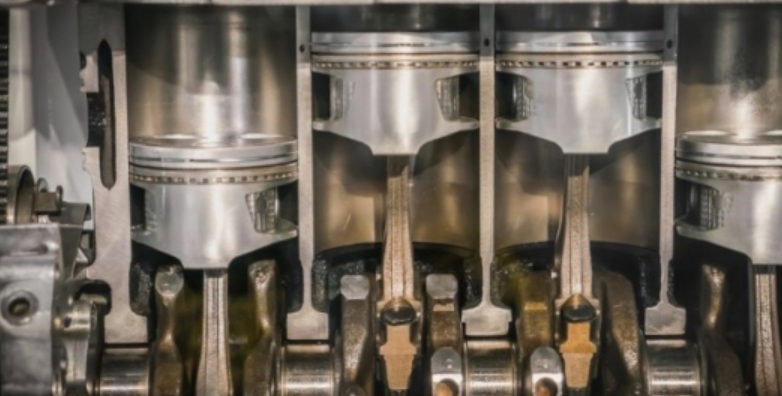Repairing diesel cars costs a lot, gasoline cars are a more reliable purchase – we hear this opinion more and more often and it is often justified. But petrol engines are also problematic – we show you which ones are better to avoid.
Those who think that petrol engines are simple and therefore safe to use are wrong. Yes, even now you will find uncomplicated naturally aspirated gasoline engines in showrooms, but the vast majority already have a supercharger, direct injection, as well as a set of “improvers” usually attributed to diesels: EGR valves, flaps in the intake manifolds, dual-mass wheels.
It is true that these elements work in more favorable conditions (even lower torques), thanks to which they usually wear less.
From Audi to Volvo
Among petrol cars, it is easy to indicate both durable constructions and units, which are worth considering very carefully before buying.
Which engines to avoid? Without hesitation, everyone will indicate the VW Group TSI units: 1.2, 1.4, 1.8 and 2.0. It takes experience to know which variants are safe and which are risky. But other manufacturers also had slip-ups. Read about the 2.0si BMW or 2.5T unit in Subaru – recognized manufacturers, and you have to be very careful with engines! Of course, the units presented below are not all that you need to pay attention to.
It is also better to consider buying an Opel with a 3-liter 3-cylinder – it drives poorly and has a lot of failures (the fact that it is quite cheap to remove). Many users without sentiment recall driving Nissans with a QG engine (“modern” 1.8 with poor chains and high oil consumption) or Toyota ZZ (also a big appetite for oil). Also check out Mercedes V6 and V8 (M272/273) and Volvo with 4.4 V8 engine.
In our opinion: gasoline cars are also faulty

Super-durable gasoline engines are a myth – yes, there are some, but certainly not all. Additional problems are repair costs, which often run into the thousands of zlotys, and many cars that are only “improved” for sale at the cheapest cost.
The sales offers of the BMW 3 Series (E90) 2.0si look tempting: which fan of the German brand would not like to have an engine made (at least partially) in the BMW factory that makes castings for Formula 1? In addition, the hand-assembled engine is a real rarity – only 2,600 of them were built to meet the regulatory requirements of the production series for cars competing in WTCC races. The maximum power (173 hp) of the 2.0 engine is achieved only at 7,000 rpm. The crankshaft system has been strengthened and the hull has been changed. You must admit that this is a real collector’s gem, which also drives great (the chassis has also undergone changes)? Yes, in many respects “three si” is an interesting car, unfortunately, it also has significant disadvantages: most of the engines did not reach … 100,000. miles! The cylinder bore is damaged – sometimes the engine can be repaired by bushing. Another way to repair the damage is to replace the motor with a different version – modern electronics does not allow you to do it in any workshop, look for example among tuners. Can you protect yourself against a failure? Apparently, cars in which every two oil changes (recommended every 12.5 thousand km) check the valve clearance (there is no Valvetronic, plate regulation has appeared), and every 50 thousand. km, a new timing drive goes under the hood. These are expensive treatments – there are few parts, and most of them fit only to this version, e.g. a carbon(!) valve cover.
2/14 2.5 turbo – Subaru (from 2002)

In terms of mechanics, Subaru is considered exemplary! Even 15-year-old Foresters or Imprezas can reliably cover tens of thousands of kilometers. However, this does not apply to all motorcycles: the 2.5 Turbo variant (of course the boxer!) has been blacklisted. Already a naturally aspirated engine of this capacity struggles with a blown head gasket (the effect of thin cylinder walls; it’s a slightly artificially enlarged 2.0 unit), but in its case the repair costs about $500. Users of the turbo version, if they do not want to return to the problem, must prepare … $ 1000-1500 – it is worth using tuning gaskets and cylinder head pins. Unfortunately, in fact, users of cars with a 2.5 Turbo unit should prepare much more, around $3000. For such money, mechanics will replace not only the seals, but also the pistons, which tend to crack between the rings, and the timing drive. The tuning offer will include many solid forged pistons eliminating the problem. By the way, you can control excessive oil consumption (which also happens). The engine has an aluminum block and heads, 16 valves.
3/14 1.6 THP – BMW, PSA concern (from 2006)

The engine has a modern design, turbo versions work with direct injection (twin-scroll turbine). The numerous awards that the Prince engine series has received clearly prove that it is an excellent unit in terms of utility – even in large cars it provides great dynamics, and fuel consumption is attractive in relation to performance. However, the joint project of BMW and PSA designers is hardly successful: already 30 thousand. km could expose technical problems. We are mainly talking about the supercharged 1.6 versions, but the naturally aspirated ones are not “clean” either. At the top of the trouble is the chain drive of the camshafts. Manufacturers are trying to fix the problem (engines after 2010 are less likely to be damaged), but there is no way to eliminate it. In addition to the faulty tensioner, there is also a chain that can jump on the sprocket. Replacement is not particularly expensive, new complete kits cost around $250, but not that easy to buy either. It may be much more expensive to repair the head related to damage to the camshaft bearings (which may be the result of insufficient lubrication – you need to watch the oil level, because the consumption of 4 l / 10,000 km is nothing unusual) or valves seized in the guides. To this you have to add problems with electronics, a vacuum pump or even a “blow off” valve in the turbocharger (you can buy it for less than $100). Even if single faults are not expensive, you have to reckon with the accumulation of problems.
4/14 1.6 THP – BMW, PSA concern (from 2006)

The engine has many weak points, the most famous being the failure of the timing chain tensioners and the susceptibility of the chain itself to stretching. Repair of the cylinder head may prove to be expensive, necessary in the event of damage to the camshaft bearing. This is not the end of the problems – they are also caused by: electronics, wastegate valves of turbochargers, compressors themselves, cracking manifolds.
5/14 2.5 turbo – Subaru (from 2002)
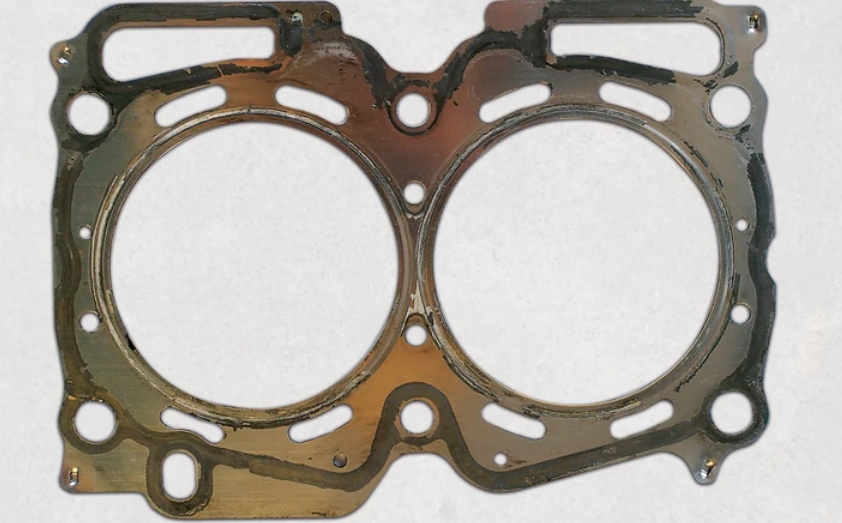
A damaged head gasket is a problem with all 2.5 engines, including turbos. The supercharged engine, however, has a bigger problem: cracking pistons. Minor damage to engine accessories: EGR valve, lambda probe. In 2007-08, a batch of so-called dirty engines with material defects – many of them replaced under warranty (check this before buying!).
6/14 2.0 FSI/TSI – VW Group (2003-12)
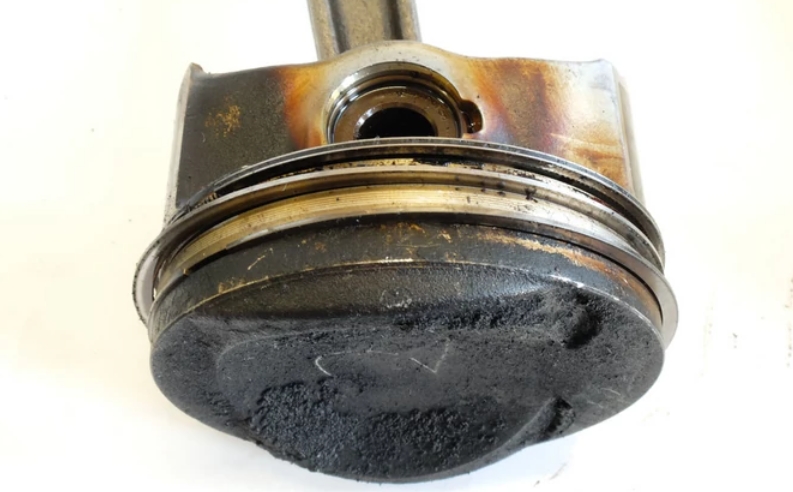
In the case of a unit without a turbo, the problem is carbon deposits on the intake valves, the camshafts are unstable. Supercharged engines have problems with excessive engine oil consumption – both the EA113 version with a timing belt (chain connecting the shafts) and the EA888 chain version. The timing chain has also worn out. Average turbine life.
7/14 2.0 FSI/TSI – VW Group (2003-12)

It looked really good: introduced in 2003, the 2-liter direct-injection engine (EA113; from 2004 also with turbo) provided a lot of driving pleasure and reasonable fuel consumption, but unfortunately problems quickly arose – in the naturally aspirated version (FSI ) this is mainly a problem with carbon deposits, and the supercharged versions (Turbo FSI) were able to burn a lot of oil after longer runs. But it’s still nothing compared to the 1.8 and 2.0 TSI engines (the new EA888 series introduced in 2008), which after a mileage of 90-120 thousand. km were eating oil by the power! The design of the pistons, which had too thin oil rings, was to blame. Some mechanics suggest modifying the pistons (make larger grooves), while others say that this is a short-term solution. The pistons introduced from mid-2011 practically eliminate the disadvantages. What does this mean for existing users? Possibility to perform a truly professional overhaul, consisting in a thorough verification and cleaning of the unit, pistons and timing are replaced. The disadvantage of the solution is, of course, its cost – in a professional workshop, with a guarantee, it is about $ 3000. If you are looking for such a car, pay close attention to the history of the service – whether it was renovated and how it was carried out! Without a doubt, this should be the main factor affecting the price of the car.
8/14 2.0si – BMW (2006-07)
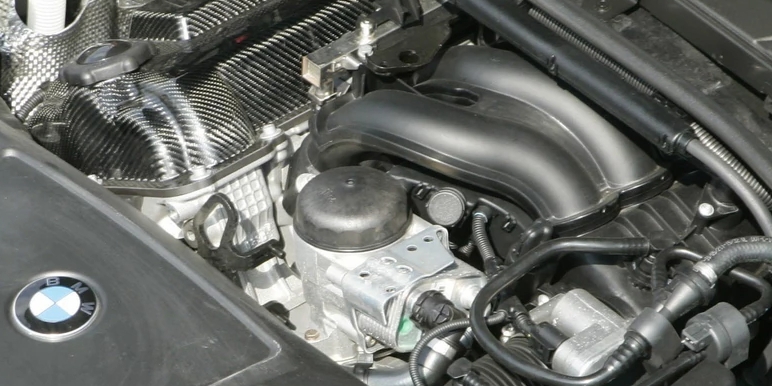
The most significant disadvantage of the 2.0si unit is the seriously damaged cylinder liners – they can almost fall apart! In addition, sometimes the hull cracks, eliminating the possibility (meaning) of repair. In addition, minor damage to the hardware and electronics, resulting in uneven work at idle. Unfortunately, due to the small scale of production, it is very difficult to obtain engine parts.
9/14 1.4 TSI – VW Group (2005-16)

Who wouldn’t want to use the performance of a two-liter engine while maintaining the fuel consumption of the 1.4 unit? Of course, the question can be considered rhetorical, which is why there was no shortage of people willing to buy a 1.4 engine with direct injection. All TSIs have a cast iron hull and supercharger, some use both a compressor and a turbine. Indeed, there are no problems with maintaining an average fuel consumption of 7-8 l/100 km. Unfortunately, serious flaws soon became apparent. All versions have problems with the timing chain – they are the first to be informed by the characteristic sounds coming from under the hood after starting a cold engine.
In 2010, modernized elements were introduced – slightly more durable, but certainly not free from defects. The problem was eliminated in the 1.4 EA211 engines, which began to appear in 2012 (successively displacing the older ones) – it just … it does not have a chain, only a belt. Users of cars with 1.4 engines, however, are exposed to worse faults: in some varieties, the pistons break. The first symptoms are uneven work at idle, then the check engine light comes on. What to do in this situation? It depends on the degree of damage, unfortunately, sometimes they are too serious, and the condition of the used units is very uncertain. Even with a warranty, most often you still have to bear the costs of assembly, disassembly and transport.
In the engine, you can also come across numerous minor faults, such as starting problems (often the fault of the injectors) or broken camshaft adjusters.
10/14 2.0 T.S., 2.0 and 2.2 JTS – Fiat Group, Opel (1995-2007)

Various problems arose with the development of the design: in the 2.0 T.S. these are non-durable bushings, a phase variator and a timing belt. The 2.0 JTS engine has problems with oil burning and carbon deposits on the intake valves. In the case of the latest version 2.2 JTS, the timing chain stretches, the camshafts are also damaged. Problems are caused by the electronics controlling the engine.
11/14 1.4 TSI – VW Group (2005-16)

The list of problems with the 1.4 TSI engine is extensive: the timing chain is the most common. In some variants (e.g. 160 HP) the pistons break. There are still many troublesome elements in the engine, such as quite expensive – and faulty – injectors (in the photo, several hundred zlotys each) and a magnetic clutch that turns on the compressor.
12/14 2.0 T.S., 2.0 and 2.2 JTS – Fiat Group, Opel (1995-2007)
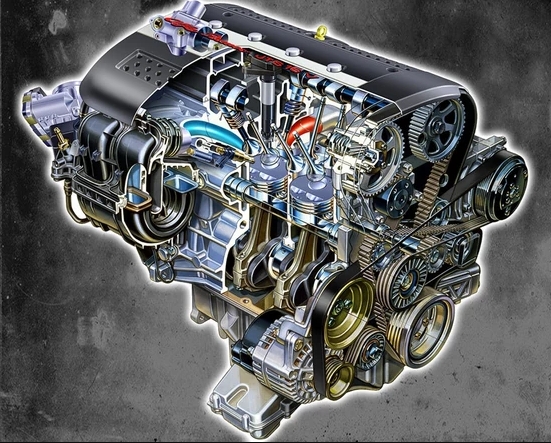
Variants 2.0 and 2.2 JTS are two completely different families of engines, but they have a lot in common: they were used in Alfas (2.2 also went to Fiats and Opels), they have direct fuel injection and … a large bag of faults on the account. The timing belt on the JTS engine means it’s a 2.0 liter version, the 2.2 has a chain. The two-liter is a development of the T.S. used since 1995 (in the 16-valve version). The prototype has already made itself known from the dark side: it has unstable bearing shells, variable valve timing variators and a roller drive (it is recommended to change the belt together with the phase regulator every … 60,000 km or 3 years). The 2.0 JTS version uses the “bottom” of the 2.0 T.S engine. but instead of two spark plugs per cylinder, it has direct injection. New troubles have appeared: carbon deposits build up on the valves, even the valve heads have broken off! The unit also has a problem with significant engine oil consumption, which, in the context of not very high car prices, makes renovation often unprofitable. The 2.2 JTS engine is a heavily modernized GM design. Here, too, problems arose – fuel gets into the oil, which can cause the engine to be insufficiently lubricated, the camshafts are the first to capitulate. Mechanics recommend changing the oil every 10,000 km. km. However, this is not the end of the problems, because the 2.2 engine has a fragile timing chain (expensive replacement: $1000-1500). The 2.2 Opel Vectra engine with direct injection suffers from similar ailments, but, for example, the 2.2 Fiat Croma engine is more robust.
13/14 4.5/4.8 V8 – Porsche (2002-10)
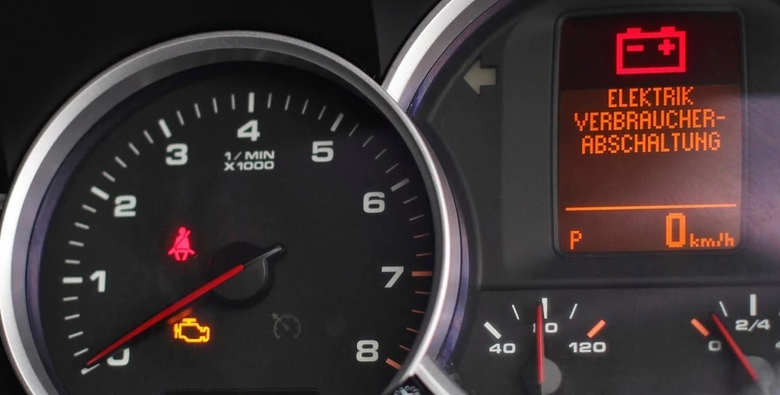
The engine does not have many problems, but the ones that do occur are serious: pistons seize. It often starts with damage to the plastic pipe in the cooling system – since around 2006 (it is difficult to find clear information) aluminum pipes have been used. Unfortunately, the newer version of the engine (with a capacity of 4.8 l) is not free from this defect. The engine also uses a lot of oil.
14/14 4.5/4.8 V8 – Porsche (2002-10)
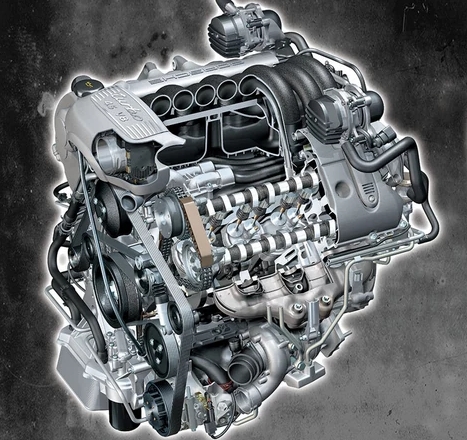
Porsche Cayenne buyers are usually prepared for high expenses related to operation and fuel consumption (as a result of dynamic driving, it achieves impressive results – over 20 l / 100 km). This is the price you have to pay for the great performance of a heavy SUV and the sound of work that is difficult to imitate in V6 units. Unfortunately, very often you also have to face more serious expenses – sometimes equal to the value of the car! These are V8 petrol engines. In the first generation of the SUV, before the facelift, the 4.5 petrol engine was used, changed in 2007 to the 4.8 version. Initially, the fault was blamed on the imperfections of the cooling system – the fact is that the pipes made of plastic let the liquid flow, and the overheated unit is easily seized. However, newer engines (4.8) also seize (after a slightly higher mileage) and have a refined cooling system. The first symptoms are knocks from the timing cover area. Unfortunately, most often their cause lies much deeper – it is a worn layer of nicasil, which is covered with cylinder liners. Even if you decide to make an expensive renovation, it will not be easy. It is difficult to indicate the right repair technology, there are many discussions and considerations on user forums, e.g. whether a mechanic can carry out a full professional repair for $3000-5000 – most prove that it is not, citing the costs of cylinder lining (aluminum or cast iron sleeves), purchase of pistons and rings, timing, etc. With such a comprehensive repair, the cost of $6,000 seems more realistic. A lot, but there is a chance for a long trouble-free operation. Due to potential problems with the unit, mechanics also advise against installing an LPG system for this engine. Cayenne’s drive has an aluminum structure (block and heads), 4 valves per cylinder and indirect injection (in the smaller engine, direct injection in the larger).

